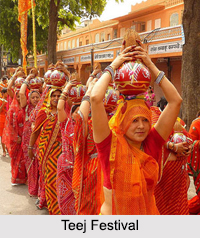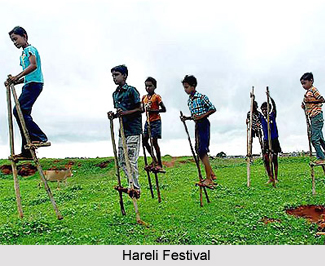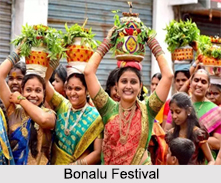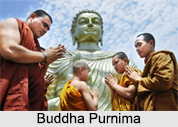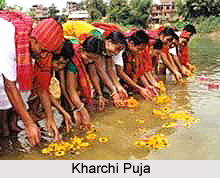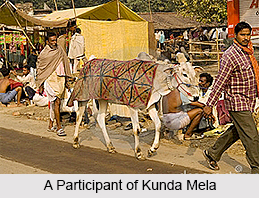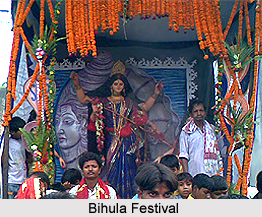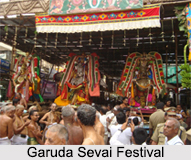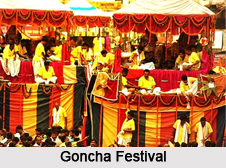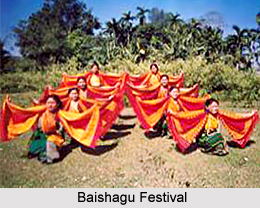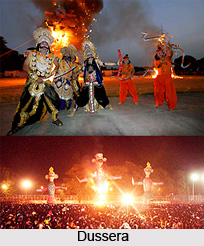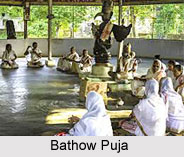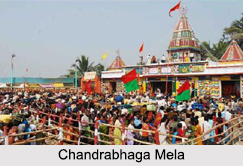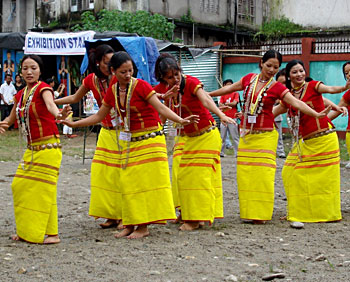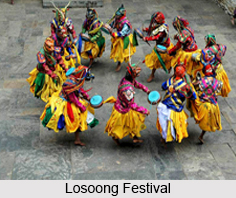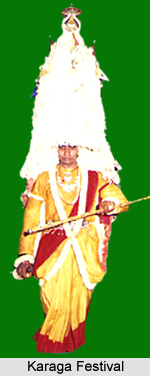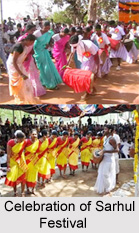Sulagava is interpreted as a sacrifice of a spotted cow or ox or roast beef. In the ritual of Sulagava the animal selected for sacrifice is a cow spotted with white. Black spotted cow is also sacrificed. The cow is first bathed with water in which paddy had been steeped, and then let loose for a certain period. The place of sacrifice is to be a secluded spot, outside, and to the east or the north, of a village or town, and the sacrificial time should be midnight.
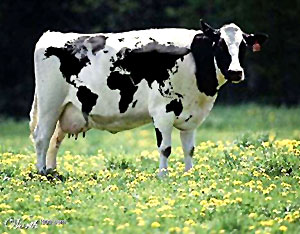 The head Priest begins the ceremony by making offerings to the fire, and erecting a sacrificial post made from green palasa wood, to which the victim is tied and killed. The mantra for the purpose consisted of twelve principal names of Lord Shiva. The sacrifice is eaten of the oblation in the usual way after the blessing. This ceremony insured the performer long life, wealth, high position, great religious merit, and numerous herds and children.
The head Priest begins the ceremony by making offerings to the fire, and erecting a sacrificial post made from green palasa wood, to which the victim is tied and killed. The mantra for the purpose consisted of twelve principal names of Lord Shiva. The sacrifice is eaten of the oblation in the usual way after the blessing. This ceremony insured the performer long life, wealth, high position, great religious merit, and numerous herds and children.
Particular tradition is followed in this sacrificial ceremony. The cow is placed in a manner so that its feet may point towards the north and the eyes reach the sun. It is said to let its vital airs attain the regent of the wind, let the ears attain the regents of the quarters, let its life reach the ether above, let the body of the cow stand on the earth.
Before cutting, the navel is opened to separate the fat. Its breath must remain within by tying up the mouth. The breast of the cow is cut in such a way that it appears like an eagle with spread wings. It is advised to separate the fore-arms; divide the arms into spokes; cut out the shoulders in the form of tortoises; remove the hips so as not to injure them; divide the thighs with the bone entire in the shape of a door, or of the leaf of the oleander; separate successively in order the twenty-six ribs; divide the different members so that none be less than what it should be. And thus the Sulagava is completed.
It is scarcely possible that the animal would be thus divided if not intended for distribution. In many of the Vedas and other sacred writings enjoined the eating of beef. But in the later stage the Brahmans made a rule that he cannot secure an ox, but he may sacrifice a goat or a ram or a dish of cooked rice.
